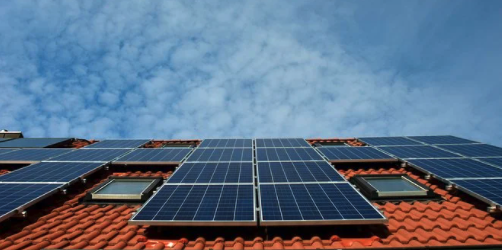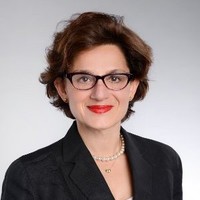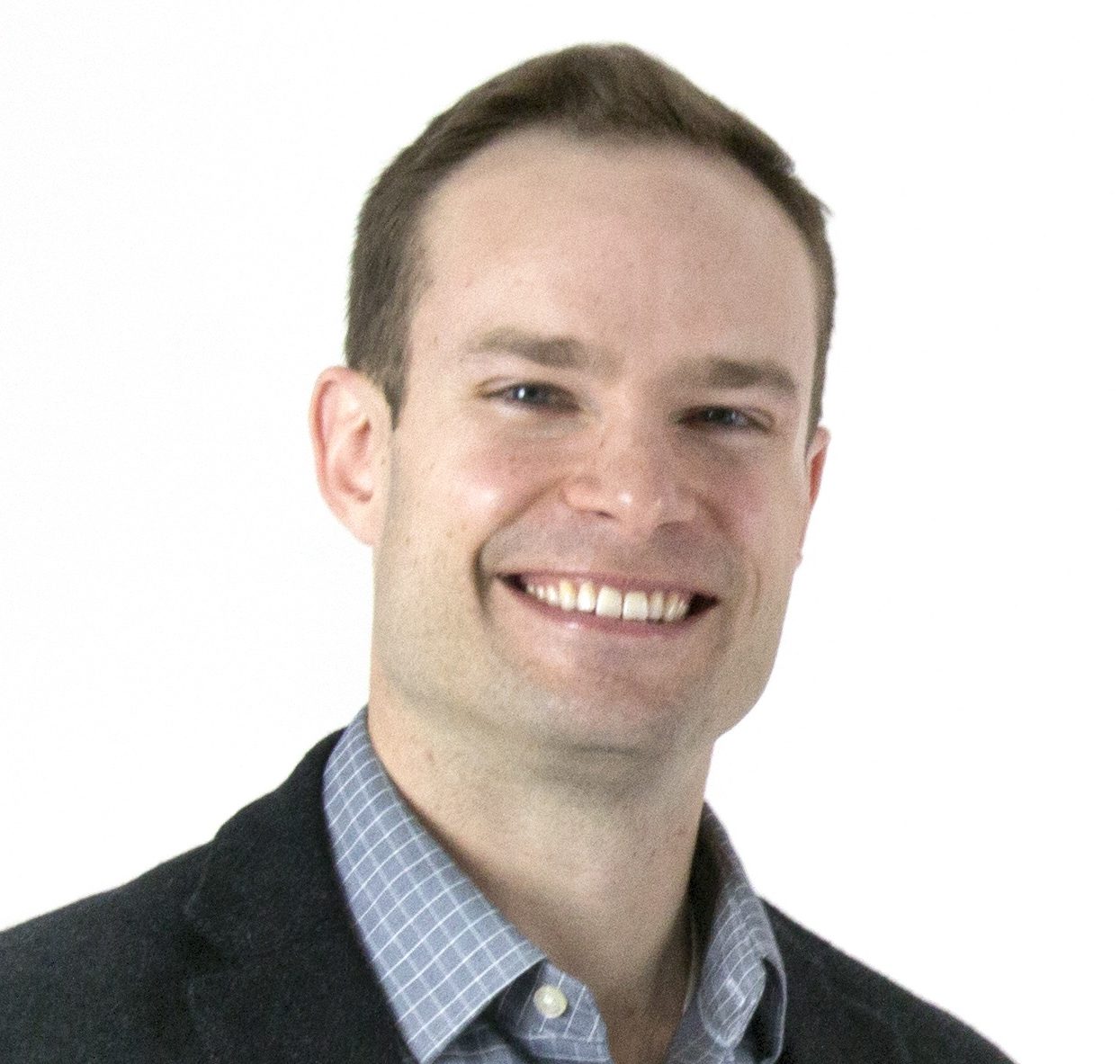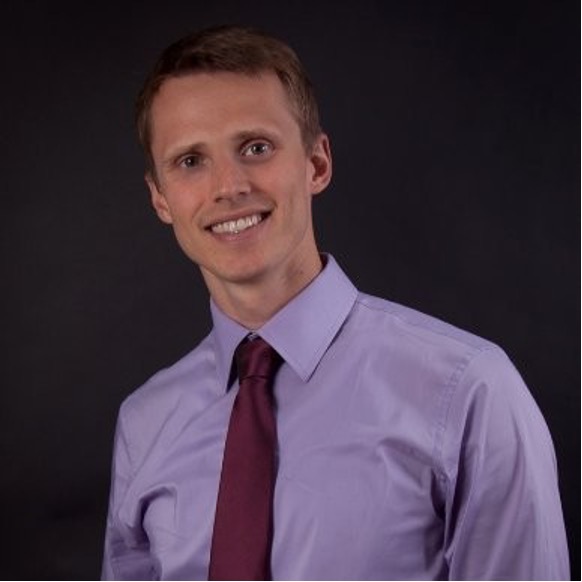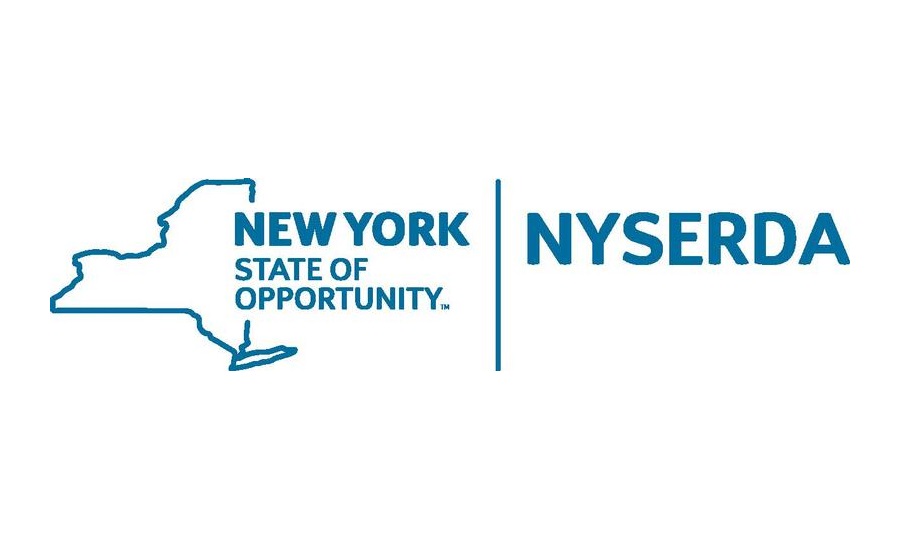Climate change undoubtedly poses a myriad of risks — risks to infrastructure, health, and to our communities. The issue of risk and how to bear it was top of mind at Dynamo’s event – The Future of Insurance: How Climate Change Is Reshaping the Insurance Landscape – co-hosted with the New York State Energy Research and Development Authority (NYSERDA). This event brought together thought leaders who are forging novel strategies on how to best respond to climate change and conceptualizing the insurance industry’s role in climate crisis mitigation, resiliency, and adaptative efforts.
The event began with remarks from Maryam Golnaraghi who outlined the importance and need for the insurance industry to play a critical role of building socio-economic resilience and enabling the transition to a low carbon economy. Maryam stressed the importance of forward-looking, risk-based pricing in the insurance industry when it comes to strengthening resilience to physical risks associated with climate change.
“With rising socio-economic costs associated with changing severity and frequency of weather-related extremes as well as increasing exposures and vulnerabilities related to our development practices, the need for proactive and holistic approach to managing these risks is coming into focus. Building resilience to extreme events is a shared responsibility. It requires risk-based pricing approach to guide risk management decisions by different stakeholders.” — Maryam Golnaraghi, Director of Climate Change and Environment at The Geneva Association

The need to build resilience is increasingly taking front stage due to the scale of direct and indirect impacts of climate change. But while accounting for climate impacts requires a proactive approach, traditionally insurers have looked to historical trends to predict risk; and though this approach has traditionally worked given the chance of catastrophe was somewhat level over time, climate change has altered the calculus for risk by adding numerous factors to the equation.
Previously, governments have been expected to manage the risk and fallout of climate related impacts. But as disasters become more frequent, and communities are pooling in high-risk areas, Maryam called for an all-hands-on deck response — including a multi-stakeholder response to risk, especially for infrastructure systems, supply chains, and financial assets.
Maryam underscored the role that insurers play in bringing new climate change mitigation technology to market. By lowering the financial risk that comes along with new or untested technology or process, insurance can help facilitate the rapid deployment of those same technologies to mitigate or better adapt to climate change impacts. Maryam closed her remarks by proposing a breakdown of sectoral silos and called on a need for deeper cross-sectoral partnerships and collaboration to drive out-of-the box-thinking and fast track the development and adoption of new technologies.
Maryam’s keynote address wonderfully set the scene as the event segued to the panel discussion. Event moderator, Flore Fouret, who is the Climate Finance and Insurance Lead at NYSERDA, began the panel portion of the event by asking what each panelist sees as the main trends of climate insurance and how those trends impact business strategy.
Kelly Hereid highlighted that climate insurance is uniquely positioned to consider the financial risk of the energy transition as well as the infrastructural and physical risks that climate change poses to society. She underscored how only analyzing the financial risk will detrimentally limit awareness of total harm posed.
“By only focusing on the economic aspects of transition risk, we’ll fail to see the co-benefits in adaptation and risk reductions. We can simultaneously enable renewable energy and reduce climate disasters by incorporating a view of physical risks.” — Kelly Hereid, Director of Catastrophe Research & Development, Liberty Mutual Insurance

Aaron Michel furthered Kelly’s comment by listing the three main ways climate and catastrophe models can be utilized by insurers. Insurers can:
1. Put a price on the impacts of climate change, thereby establishing a market price
2. Transfer the risk of climate change related events
3. Influence behavior change
Remaining on the topic of behavioral change, Jeff McAulay noted how insurers can enable people and firms to take an action that they may otherwise avoid by limiting the risks associated with said action. For example, while there is demand for renewable and distributed energy in the marketplace, it lacks accessibility and affordability. By eliminating accessibility and affordability barriers to energy, insurers can initiate a virtuous cycle and increase resiliency.
“There’s a lot of unmet demand for renewable energy, due to a lack of cost-effective financing. But once that accessibility is granted, we see the potential for increased community resiliency.” — Jeff McAulay, Co-Founder & President, Energetic Insurance
Flore pivoted the conversation to the societal benefits of public-private partnerships, such as filling gaps left by the traditional siloed approach to risk management. Aaron explained how insurance can assist the government as it successfully distributes relief in the wake of extreme events, and how this is important from an equity lens.
“The government ends up being the best distribution mechanism for risk transfer in extreme weather events to marginalized and underserved parts of the community. We can’t privatize this problem away. The insurance industry needs to support the government as they continue to serve this role.” — Aaron Michel, Senior Product Manager and Vice President of Public Solutions, Swiss Re
Jeff chimed in to comment on how public private partnerships benefit new climate technologies; he explained how government grants help fund technologies in the lab-testing and workshopping phase before they scale in the market — when traditional insurers can then move in. Public-private partnerships therefore also support innovation by transferring risk at multiple stages of a technology’s lifecycle.
Flore concluded the event by perfectly summarizing the benefits of public-private partnerships:
“Collaborative pathways between the public and the private sector will shift the paradigm and support the decarbonization of our economy and build a more resilient future for all of us,” said Flore Fouret, NYSERDA’s Climate Finance and Insurance Lead.
The goal of ensuring a more resilient future is what motivates each of the featured speakers and drives all of our work at Dynamo. When different sectors of the energy transition collaborate on a common goal, we drive faster, better, and more equitable changes for all of us. Thank you to all of our panelists, our incredible moderator, and to our audience for helping us being this event to you. You can find the entire event recording here.

